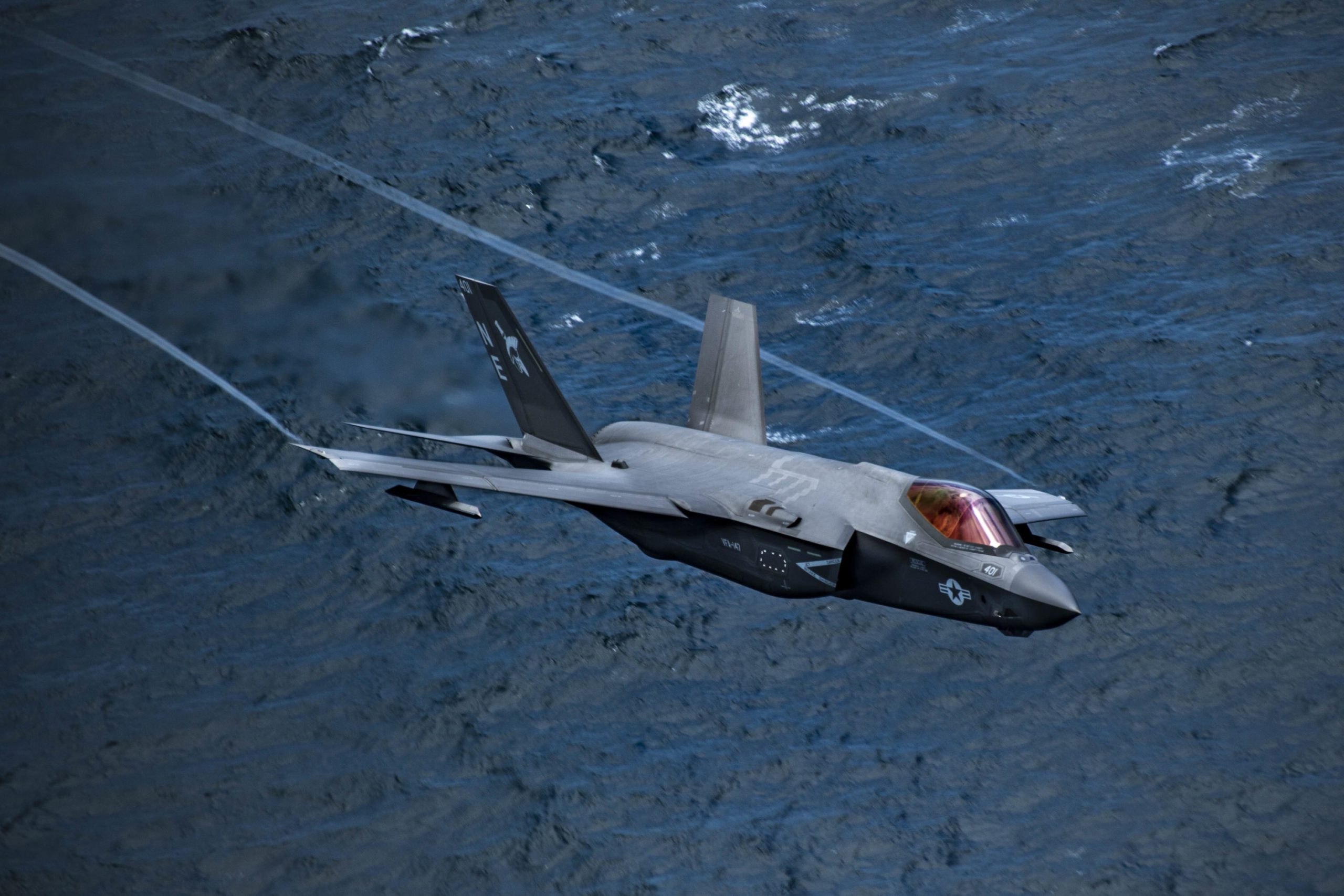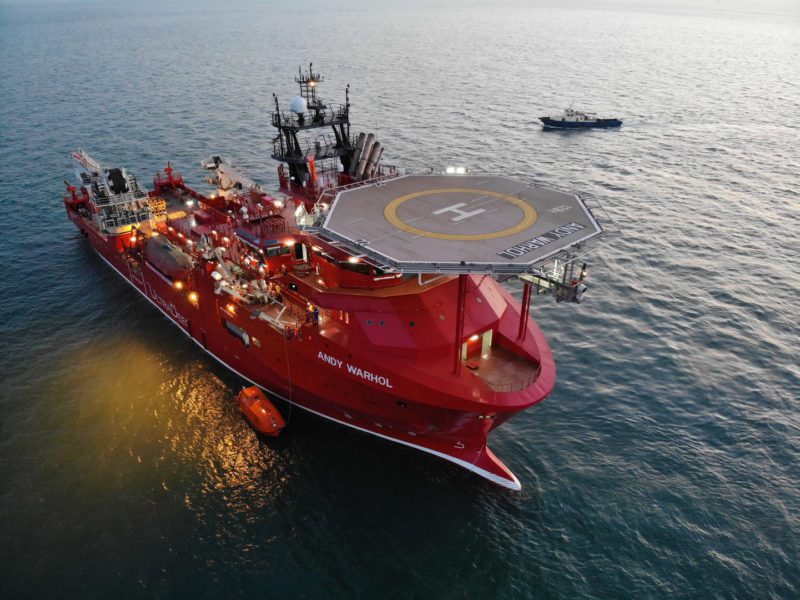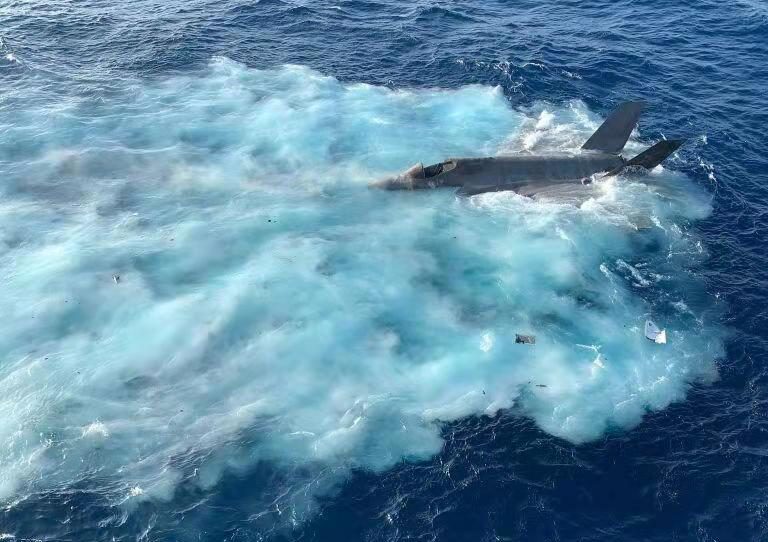UK To Remove Andrew From Role As Royal Navy Vice Admiral
LONDON, Nov 2 (Reuters) – Britain’s former prince Andrew is due to be stripped of his last remaining military position as part of King Charles’ decision to remove his brother from public...

The United States Navy has recovered a state-of-the-art F-35C Lightning that fell into the South China Sea after a landing mishap in January. The aircraft was pulled from a water depth of 12,400-feet by the commercial salvage vessel DSCV Picasso.
The F-35C Lightning II, which Lockheed “the most lethal, survivable and connected fighter jet in the world” crashed while conducting routine flight operations from the carrier USS Carl Vinson in January.
The recovery of the F-35C follows a similar operation in which the United Kingdom, Italy, and the United States mounted a salvage operation last year for a U.K. F-35B that crashed into the Mediterranean following take-off from the Royal Navy carrier HMS Queen Elizabeth.
The wreckage was recovered from a depth of approximately 12,400-feet by a team civilian contractors and the US Navy’s Supervisor of Salvage and Diving aboard Ultra Deep Diving Solution’s diving support construction vessel (DSCV) Picasso.

The Picasso is a 396′ (120.8m) ship built in 2018 and sailing under the flag of Bahamas. The US Navy did not mention why it used a Singapore owned ship crewed with foreign nationals rather than a US Navy or US Flagged commercial ship like it did when the navy recovered the Vessel Data Recorder black box from the El Faro in 2016.
The use of a foreign vessel was likely due to the need to recover the plane quickly and the fact that the US Navy sold off the majority of it’s own salvage ships. Currently the Navy’s Military sealift command only operates two safeguard class salvage ships – USNS Grasp and USNS Salvor – and only one Powhatan Class ocean tugs – USNS Apache, which are over 40 years old, are looking worse for wear and do not have the modern capabilities of a ship like the Picasso.

“The task force’s expertise in rapid, scalable command, control, and communications, agile logistics, organic security, and explosive ordnance disposal was the most flexible choice for the fleet commander to respond in a timely manner,” said US Navy Captain Gareth Healy. “Ultimately, this deliberate approach resulted in recovery operations within 37 days of the incident. Given the unique challenges of this problem and the unique technical capabilities that NAVSEA delivered, this was an aggressive and achievable timeline.”
The aircraft was recovered using a CURV-21, a remotely operated vehicle (ROV), which attached specialized rigging and lift lines to the aircraft. The ship’s crane lifting hook was then lowered to the seafloor and connected to the rigging, and then lifted the aircraft to the surface and hoisted it onboard Picasso.

The aircraft will be delivered to a nearby military installation to aid in the ongoing investigation and evaluated for potential transport to the United States.
The cause of the crash is currently under investigation.

Sign up for gCaptain’s newsletter and never miss an update

Subscribe to gCaptain Daily and stay informed with the latest global maritime and offshore news
Essential news coupled with the finest maritime content sourced from across the globe.
Sign Up